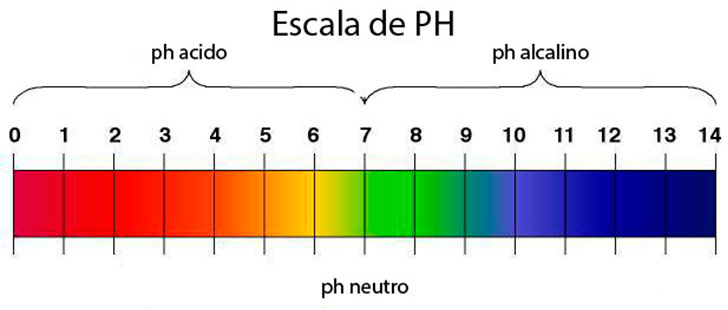1) Understand saponification reaction
2) Produce soap
MATERIAL:
- 600mL beaker
- Glass Rod
- Goggles
- Gloves
- Clock Glass
- Spatula
- Bunsen Burner
- NaOH
- Water
- Oil
- Essences
We do this experiment with 3 different measures:
Big measures:
· In first place take a Erlenmeyer (250ml)
· We need to weight the necessary NaOH and water
· When we have the weight we need to remove with a riding rod
· Then we put the dissolution inside the Erlenmeyer
· And we put inside the Erlenmeyer 500ml of oil
· And we removed again
· And finally we add the essence ( its not necessary)
· And we put the soap in a suplement
Normal measures
· In first place we take a beaker
· In second place we need to do the dissolution of NaOH and water
o First we take a wach glass and then we go to the electronic balance
o We measuring 50g of NaOH
o In second place we put 80ml of distillated water and the 50g of NaOH inside the beaker.
o In third place we remove and when the dissolution are ready we also take 50ml of the dissolution
· We take another beaker with the 50ml of the solutions and then we put inside the solution 50ml of oil
· And we need to remove again
· When we see the differents capes the soap are ready
· We put the soap inside the supplement
· We need to wait 2 or 3 days
Small measures:
· In first place we take a test rack tube with 2 test tub
· We go to the electronic balance.
· We take a wach glass and we put the wach glass in the electronic balance
· Dissolution with NaOH and water:
o Very carfully we put 20g of caustic sosa in the whach glass
o After we put 80ml of distillated and 20g of sosa caustic in a beaker of 250ml and we removing the solution carfully and slowly
o When the beaker are hot and the solution are okey
· We take the pipet and we measured 2ml of this solution (NaOH+Water)
· And we put this 2ml inside the two test tube
· And we put 2ml of oil
· And we need to remove again
· And finally we take a beaker and we put the two test tube inside the beaker.
· And we put the beaker in the Bunsen burner (Water Bath)
RESULTS:
We made soap.
QUESTIONS:
- What is soap? Solid or liquid substance that, mixed with water, serves for washing. It is obtained from the combination of an alkali with the acids of the oil or another fatty body.
- What reaction has been made?
FATTY ACIDS + ALKALINE SOLUTION = SOAP + GLYCERIN
- What layers have been produced? the soap and the glycerin














